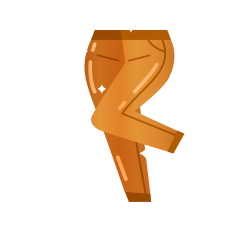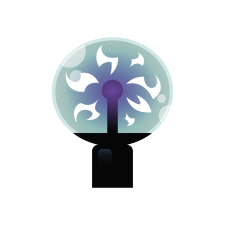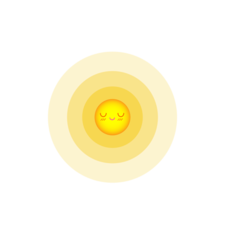Install Steam
login
|
language
简体中文 (Simplified Chinese)
繁體中文 (Traditional Chinese)
日本語 (Japanese)
한국어 (Korean)
ไทย (Thai)
Български (Bulgarian)
Čeština (Czech)
Dansk (Danish)
Deutsch (German)
Español - España (Spanish - Spain)
Español - Latinoamérica (Spanish - Latin America)
Ελληνικά (Greek)
Français (French)
Italiano (Italian)
Bahasa Indonesia (Indonesian)
Magyar (Hungarian)
Nederlands (Dutch)
Norsk (Norwegian)
Polski (Polish)
Português (Portuguese - Portugal)
Português - Brasil (Portuguese - Brazil)
Română (Romanian)
Русский (Russian)
Suomi (Finnish)
Svenska (Swedish)
Türkçe (Turkish)
Tiếng Việt (Vietnamese)
Українська (Ukrainian)
Report a translation problem















![Phasmophobia] Phasmophobia]](https://images.steamusercontent.com/ugc/1795240954888271865/93018E3B5EDF4C5403A280F56C3BA673A11DAA26/)


















Yurei: when you use smudge sticks, they will stay only in his room for about 1 min.
Moroi: when use smudge sticks during hunt they will be blinded for 2 secs more, from 5 secs to 7 secs.
Deogen: when you get a response with spirit box he have a small chance to only do a heavy breathing insted of talking.